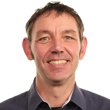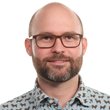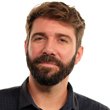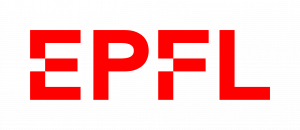Course instructors
Arne Seitz
Head of BioImaging and Optics Platform at the Life Science Sciences Faculty from the Ecole Polytechnique Fédérale de Lausanne. Received his PhD in physical chemistry in 1999 from the Philipps-University Marburg. https://biop.epfl.ch/
Nicolas Chiaruttini
Microscopist and image analyst at the BioImaging Platform (BIOP) of the Faculty of Life Sciences, Ecole Polytechnique Fédérale de Lausanne. He obtained his PhD in biophysics in 2011, continued his postdoctoral research in biochemistry, and was hired at BI…
Olivier Burri
After a Masters in Biomedical Engineering and Systems Biology, he was hired as an image analyst for the BIOP where he handles the more code-intensive projects of the platform, as well as microscope trainings and general user support in image analysis.
Romain Guiet
Image Analyst, BioImaging and Optics Platform at the Life Science Sciences Faculty Ecole Polytechnique Fédérale de Lausanne. After he received his Ph.D in Life Science in 2011, he was hired at the BIOP as an image analyst in order to serve as a bridge bet…




